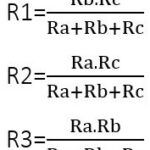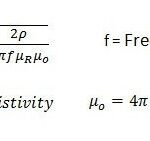Ethernet and Wi-Fi are two different technologies used for networking and connecting devices to the internet. Ethernet involves physical cables (Ethernet cables) that connect devices directly to a network router or switch using Ethernet ports. It provides reliable, stable, and typically faster internet speeds compared to Wi-Fi, making it ideal for devices that require consistent high-speed internet access, such as desktop computers, gaming consoles, and smart TVs.
You can determine whether your device uses Ethernet or Wi-Fi by checking its connectivity options. If your device has an Ethernet port (often called LAN port) where you can plug in an Ethernet cable, then it supports Ethernet connectivity. On the other hand, if your device connects to the internet wirelessly and doesn’t have an Ethernet port, it likely uses Wi-Fi for network connectivity.
Ethernet does not inherently mean internet. Instead, Ethernet refers to the physical network connection technology used to establish a local area network (LAN) within a building or a limited area. Internet access through Ethernet requires connecting an Ethernet cable from a modem or router to your device, allowing it to access the internet through the local network and ultimately the internet service provider (ISP).
Having Ethernet connectivity eliminates the need for Wi-Fi in scenarios where a stable, wired internet connection meets your needs. Ethernet is typically faster and more reliable than Wi-Fi, making it preferable for devices that require high-speed and consistent internet access. However, Wi-Fi remains essential for devices that benefit from wireless connectivity or mobility within a home or office environment.
In most cases, Ethernet provides faster and more reliable internet speeds compared to Wi-Fi. This is because Ethernet connections are direct and dedicated, offering consistent bandwidth and lower latency. Wi-Fi speeds can vary depending on factors such as distance from the router, interference from other devices, and the capabilities of the Wi-Fi router and devices. However, recent Wi-Fi standards like Wi-Fi 6 (802.11ax) have significantly improved speeds and reliability, narrowing the gap between Wi-Fi and Ethernet performance in some cases.

